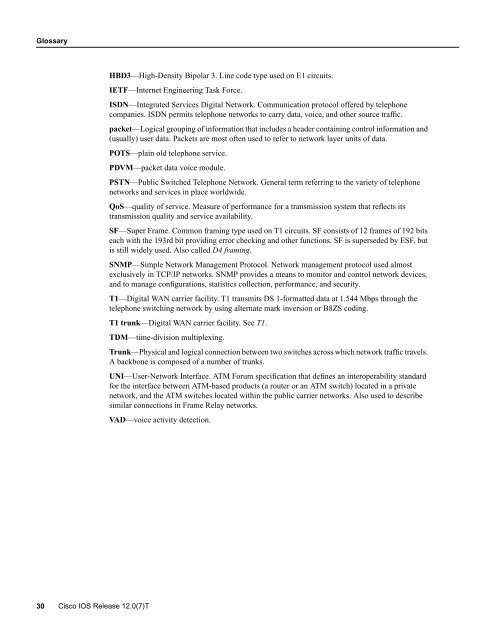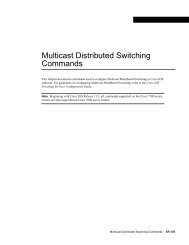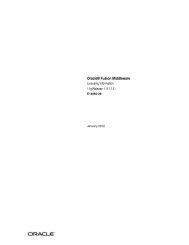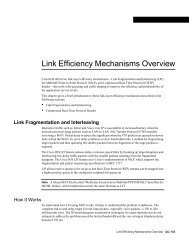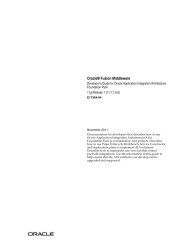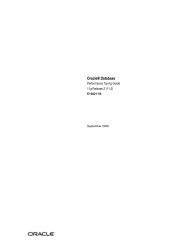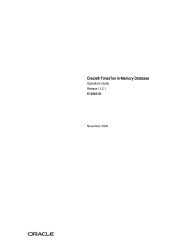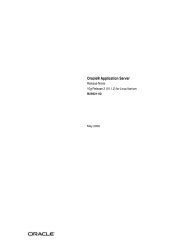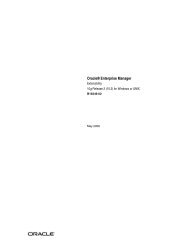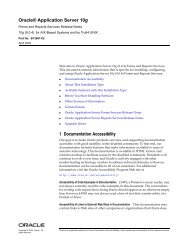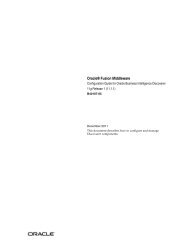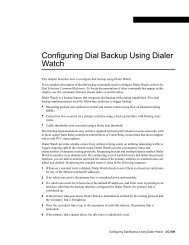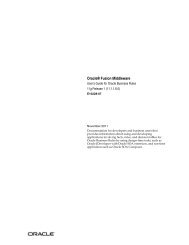Configuring 1- and 2-Port T1/E1 Multiflex Voice/WAN ... - docs.mind.ru
Configuring 1- and 2-Port T1/E1 Multiflex Voice/WAN ... - docs.mind.ru
Configuring 1- and 2-Port T1/E1 Multiflex Voice/WAN ... - docs.mind.ru
Create successful ePaper yourself
Turn your PDF publications into a flip-book with our unique Google optimized e-Paper software.
Glossary<br />
HBD3—High-Density Bipolar 3. Line code type used on <strong>E1</strong> circuits.<br />
IETF—Internet Engineering Task Force.<br />
ISDN—Integrated Services Digital Network. Communication protocol offered by telephone<br />
companies. ISDN permits telephone networks to carry data, voice, <strong>and</strong> other source traffic.<br />
packet—Logical grouping of information that includes a header containing control information <strong>and</strong><br />
(usually) user data. Packets are most often used to refer to network layer units of data.<br />
POTS—plain old telephone service.<br />
PDVM—packet data voice module.<br />
PSTN—Public Switched Telephone Network. General term referring to the variety of telephone<br />
networks <strong>and</strong> services in place worldwide.<br />
QoS—quality of service. Measure of performance for a transmission system that reflects its<br />
transmission quality <strong>and</strong> service availability.<br />
SF—Super Frame. Common framing type used on <strong>T1</strong> circuits. SF consists of 12 frames of 192 bits<br />
each with the 193rd bit providing error checking <strong>and</strong> other functions. SF is superseded by ESF, but<br />
is still widely used. Also called D4 framing.<br />
SNMP—Simple Network Management Protocol. Network management protocol used almost<br />
exclusively in TCP/IP networks. SNMP provides a means to monitor <strong>and</strong> control network devices,<br />
<strong>and</strong> to manage configurations, statistics collection, performance, <strong>and</strong> security.<br />
<strong>T1</strong>—Digital <strong>WAN</strong> carrier facility. <strong>T1</strong> transmits DS 1-formatted data at 1.544 Mbps through the<br />
telephone switching network by using alternate mark inversion or B8ZS coding.<br />
<strong>T1</strong> t<strong>ru</strong>nk—Digital <strong>WAN</strong> carrier facility. See <strong>T1</strong>.<br />
TDM—time-division multiplexing.<br />
T<strong>ru</strong>nk—Physical <strong>and</strong> logical connection between two switches across which network traffic travels.<br />
A backbone is composed of a number of t<strong>ru</strong>nks.<br />
UNI—User-Network Interface. ATM Fo<strong>ru</strong>m specification that defines an interoperability st<strong>and</strong>ard<br />
for the interface between ATM-based products (a router or an ATM switch) located in a private<br />
network, <strong>and</strong> the ATM switches located within the public carrier networks. Also used to describe<br />
similar connections in Frame Relay networks.<br />
VAD—voice activity detection.<br />
30 Cisco IOS Release 12.0(7)T


